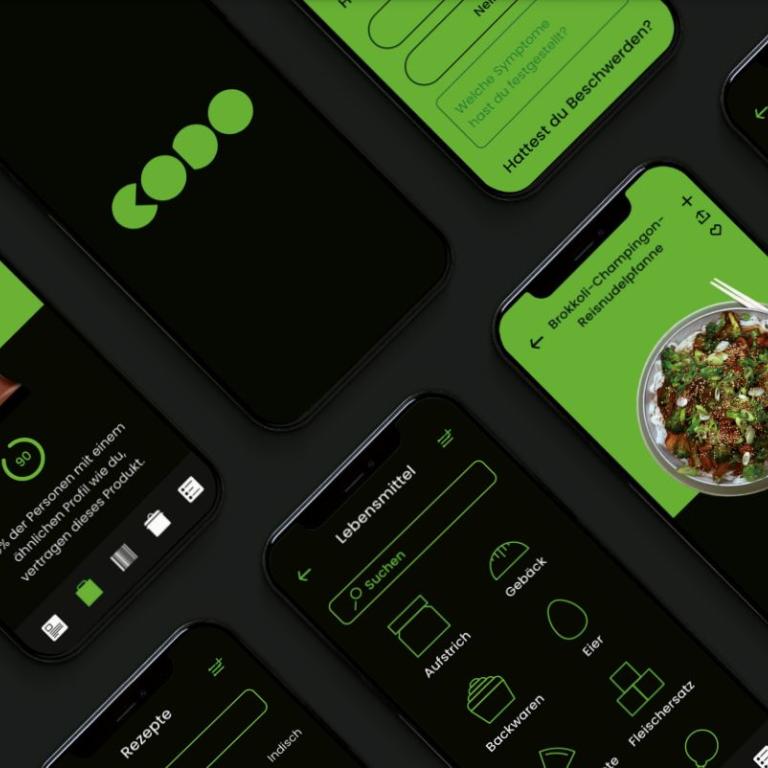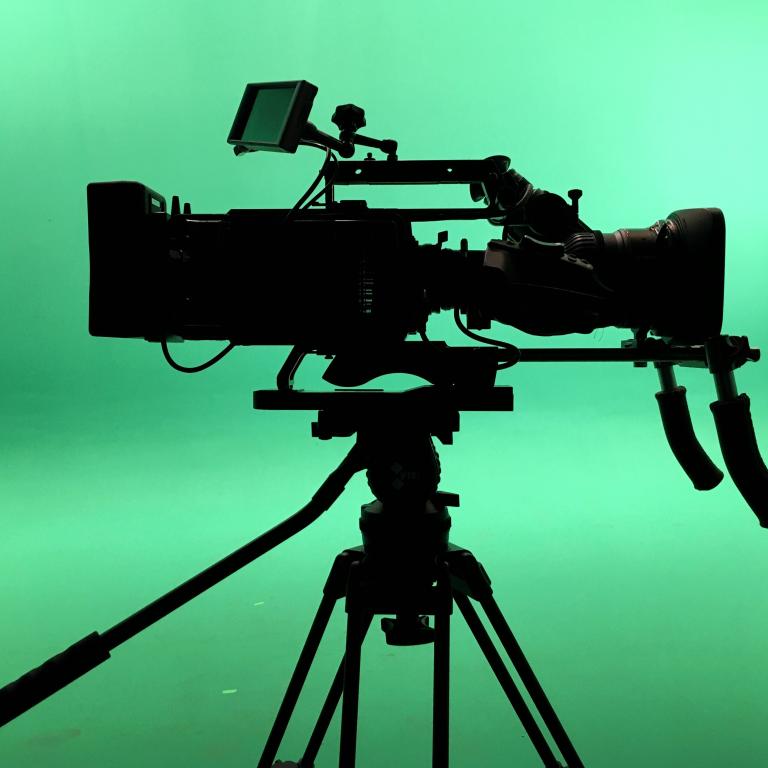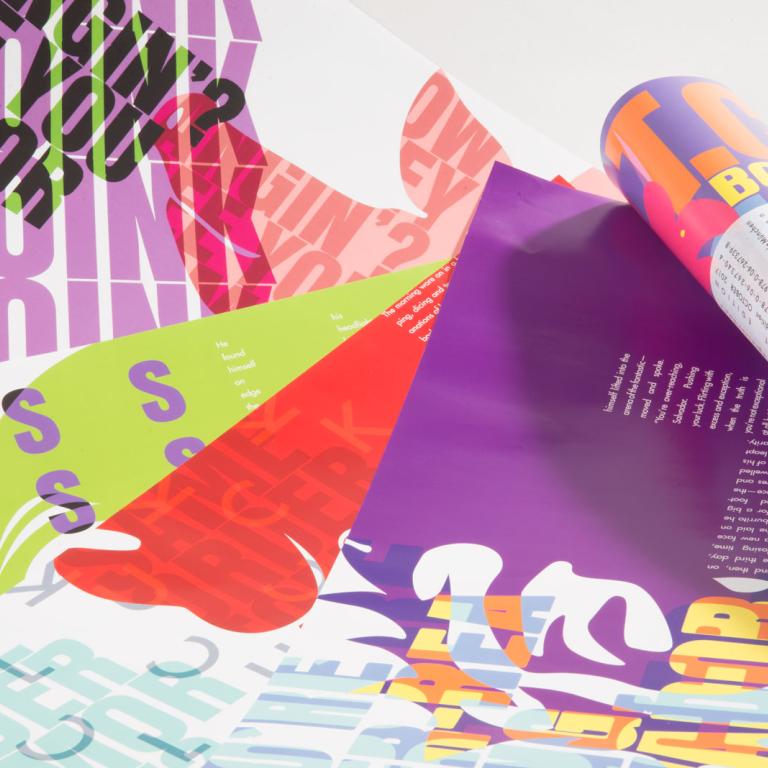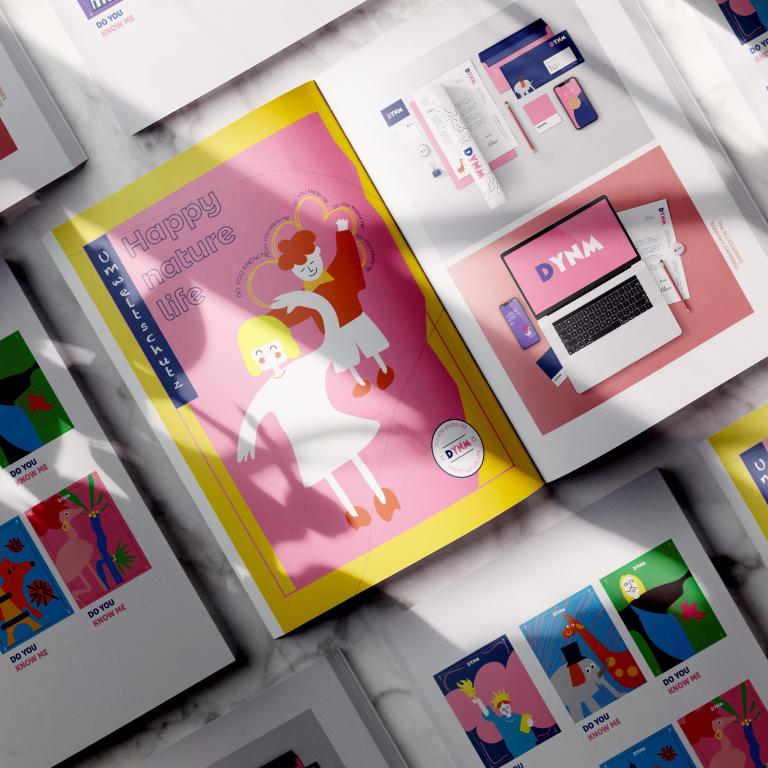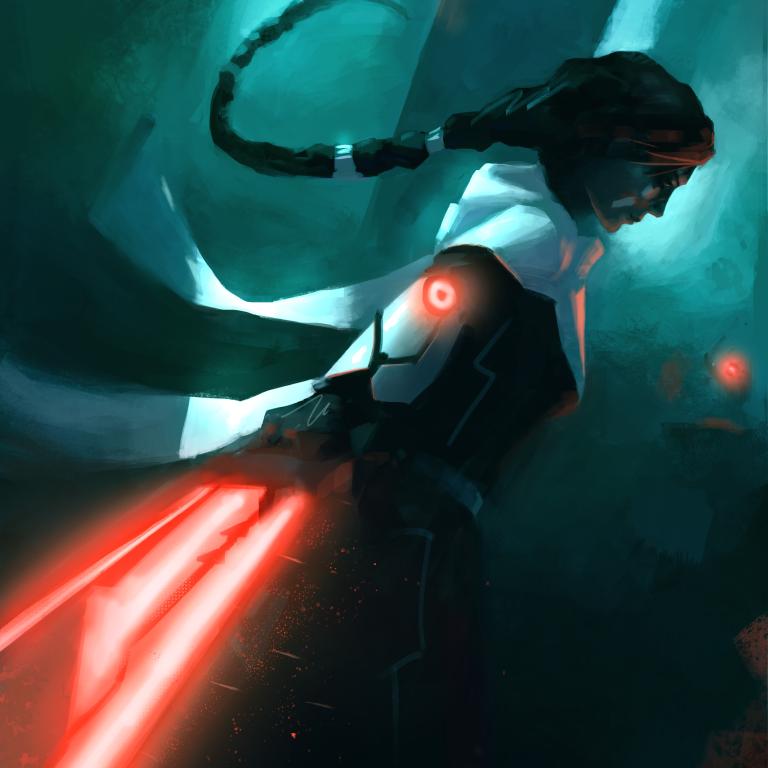Finale Hejo BSQR
12.07.2024 | Prof. Carola Anna Elias
Escape Cubes project ended with a brilliant final presentation
The final presentation of the first concepts took place on 20 June 2024 on the premises of Berliner Stadtreinigungsbetriebe in Tempelhof. Gamers and Media Designers from the Mediadesign University showed their experimental approaches for the three cubes, which convey BSR's environmental education topics in a way that is both playfully attractive and educationally forward-looking.
We have been following this exciting project within the university for the entire duration and have reported on it several times.
Just three months have passed since the start of the project at the beginning of April, but the students have made good use of this time to develop the set task of "pioneering conceptual approaches for three to four 4x4x4 cubes, which are to be both permanently installed and flexibly usable as part of an escape room".
As this was a project with a research-based, experimental approach, empirical approaches were developed and pursued in addition to brainstorming and idea ping-pong. The students conducted qualitative surveys with the target group and undertook targeted research and investigations based on a set research question.
The game designers pursued the research question: What digital methods can BSR use to get young people (aged 14-17) excited about environmental and climate issues in a playful way, while at the same time imparting knowledge and initiating behavioural change? Three strands of research were critically analysed:
- Enthusiasm through gaming/story: What inspires enthusiasm? How is enthusiasm expressed? What criteria must applications fulfil in order to motivate users, keep them in the game and inspire them?
- New forms of knowledge transfer: What forms of knowledge transfer are there in games? How can these be used here? (Topic: educational/serious games)
- Setting behavioural anchors (call to action): What evokes a change in behaviour in the target group? Which anchors can be used to trigger such behaviour?
The media designers approached the topic from a different perspective with the research question: What innovative spatial concepts can BSR use for an exhibition concept to get young people (aged 14-17) interested in environmental and climate issues, while at the same time imparting knowledge and playing on the guidelines of the BSR brand? Here, too, three topics should be analysed in more detail:
- Exhibition concepts of the future: what are innovative spatial concepts in the future (2028-2030) along the lines of museum and exhibition concepts of the future?
- Creating awareness: How can the target group be won over to environmental/climate issues in such a spatial concept? (Attention, concentration, surprise effects...)
- Corporate identity fit: How can the approaches be designed in such a way that they correspond to the BSR guidelines and clearly emphasise the brand and its technological expertise?
Both seminar groups analysed current literature on youth, environmental and climate studies, looked at digital future scenarios in technology transfer, knowledge transfer 5.0 and well-known motivation theories, such as Csikszentmihalyi's flow theory.
The result was impressive. In a two-hour presentation in front of an audience (in addition to BSR employees from the individual departments, a representative of the Berlin Senate Chancellery, Albrecht Fritze, was also present), the students showed the entire range of optional solutions. Different perspectives were adopted at both meta and micro level.
At the meta level, climate-related issues that need to be solved globally were realised:
- Plastic in the environment: consequences for streets, parks, rivers and oceans linked to the topic of increasing the use of reusable packaging/unpackaged shopping, littering (prevention, urban cleanliness)
- Valuable consumption: change in consumer behaviour to reduce consumption, repair instead of buying new, 2nd hand instead of buying new (waste avoidance, repair, NochMall)
At the micro level, the reference to Berlin played a major role and the question: What can I do specifically for my city? Big things start small! The specific aim here was to make the daily work of BSR tangible and visible:
- The heroes of cleanliness: A day in the life - an insight into the everyday life and challenges of the waste collection and street cleaning employees. In the game, waste is collected and separated according to fractions, visualising and critically examining the daily volume of waste produced (image, urban cleanliness):
- What happens to our biowaste? The path from biowaste to biogas production with the help of bacteria and transition to the topic of preventing food waste (disposal/recycling, prevention)
Exciting topics that all have one thing in common: supporting Berlin on its way to becoming a zero-waste city. One thing is already clear: the collaboration is successful and the project is not over yet. We are already negotiating further sub-projects, whether as part of bachelor theses or module-specific applications.
Thanks to all contributors and idea providers and THANK YOU to Berliner Stadtreinigungsbetriebe, who have once again placed their trust in us and provided interesting insights.

